Wondermondo 🢖 World 🢖 Wonders of Africa 🢖 Wonders of Eritrea
Territory
Wonders of Eritrea
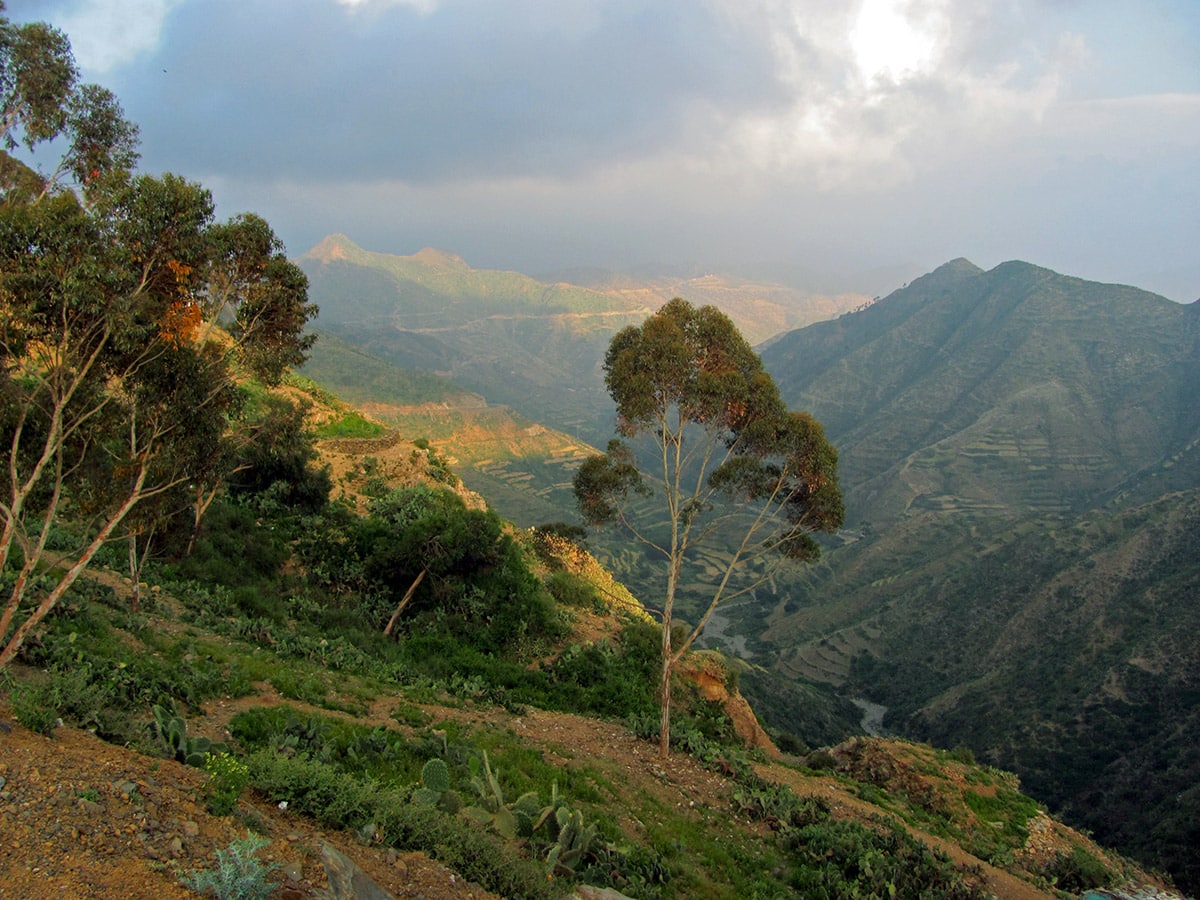
 Highlights
Highlights
Contrary to most African countries in Eritrea are not so many impressive natural landmarks but – a huge variety of excellent man-made landmarks. The most amazing wonders of Eritrea are:
- Two cities with historical architecture – Asmara and Massawa. Both cities are a true surprise – Asmara is one of the world’s best examples of Art Deco urban planning and architecture and Massawa is an amazing monument of Ottoman urban planning and architecture.
- Ancient and prehistoric cave art. The list of such caves here exceeds 70, some of them contain truly outstanding examples of art.
- Ancient and prehistoric settlements. The economic and political importance of Eritrea was much higher in antiquity than now. Millenia ago here were located lively trade cities – not all of them have been rediscovered yet.
Map with the described wonders
If you see this after your page is loaded completely, leafletJS files are missing.
 Top 25 wonders of Eritrea
Top 25 wonders of Eritrea
Geological wonders
Nabro volcano
Southern Red Sea
Impressive, 2,218 m tall (before the eruption) stratovolcano that was considered to be extinct until it erupted unexpectedly on 13 June 2011. There might be a lava lake in the northern caldera of the volcano.
Biological wonders
Buia Fossils
Northern Red Sea
Rich find of early Pleistocene fauna and early hominins. Researchers have found here an almost complete, nearly 1 million years old skull of a man that could be a transition, link between Homo erectus and Homo sapiens. Here have been found also remnants of Palaeoloxodon recki.
Archaeological wonders
Keskese
Debub
Ruins of Aksumite town near Matara. Flourished sometimes around 500 BC, ruins rise up to 14 m in height. Contains stelae inscribed in Ge’ez script.
Sullum Ba’atti
Debub
Rock shelter with ancient paintings in red, black, and yellow colors. Drawings show a stylized symbol similar to Sun, and animals (bovines, antelopes, rhinoceros, hyens, felines, and others). One drawing shows a human riding a bovine.
Qohaito
Debub
Ruins of an ancient city that was located on the ancient route between Adulis and Aksum, the possible summer capital of the Aksumite empire. This area is inhabited since the 5th millennia BC at least, the city was abandoned around the 6th – 9th century AD.
Gama cave
Debub
Grotto with petroglyphs – paintings and etchings. Drawings show bovines, humans, and geometric symbols in a stylized form, there are also idiomatic symbols, and possible letters.
Temalihe
Gash-Barka
Site with diverse paintings, showing bovines and two giraffes. One panel with 35 bovines is 9 m wide. Another panel shows 45 figurines, mostly warriors. There is also an undeciphered inscription.
Adel
Northern Red Sea
Ruins of pre-Islamic settlement in Dahlak Kebir island. The site contains remnants of streets, standing stones of ancient structures, grinding stones, necropolis. The site is unexplored and may bring many interesting discoveries.
Mai Dubburo
Gash-Barka
Some 40 m deep cave with paintings in red and maroon colors. Paintings show horse riders, humans, and geometric signs. In the cave were found several vessels, possibly used for natural herb perfumes.
Emba Derho Megaliths
Maekel
Group of prehistoric stone circles – including several double circles. The burial in one of the circles is dated to 260 AD but stone circles might be older. There are other megalithic monuments in Eritrea as well.
Hulum Bareto
Gash-Barka
Old paintings of geometric symbols, stylized humans and animals. It seems that part of the symbols has been repainted several times. It is possible that certain families were “owners” of such symbols and according to certain rituals repainted them.
Zeban Kebesa I
Gash-Barka
Cave in sandstone rock with a rich collection of rock art, painted in red, yellow, white, and violet colors. Here are depicted animals – domesticated bovines and wild felines, kudu, and antelopes. Humans – warriors and horse riders – are shown as well.
Zeban Abur I and Zeban Abur II
Gash-Barka
Rock shelters with rich collections of rock art. Drawings show animals, humans, and geometric signs.
Architecture wonders
Massawa Old Town
Northern Red Sea
Amazing monument of Ottoman architecture, mainly built in the 18th – 19th century on two islands. An especially impressive feature is the waterfront of the city. Includes the fifteenth-century Sheikh Hanafi Mosque, Imperial Palace, and other historical buildings.
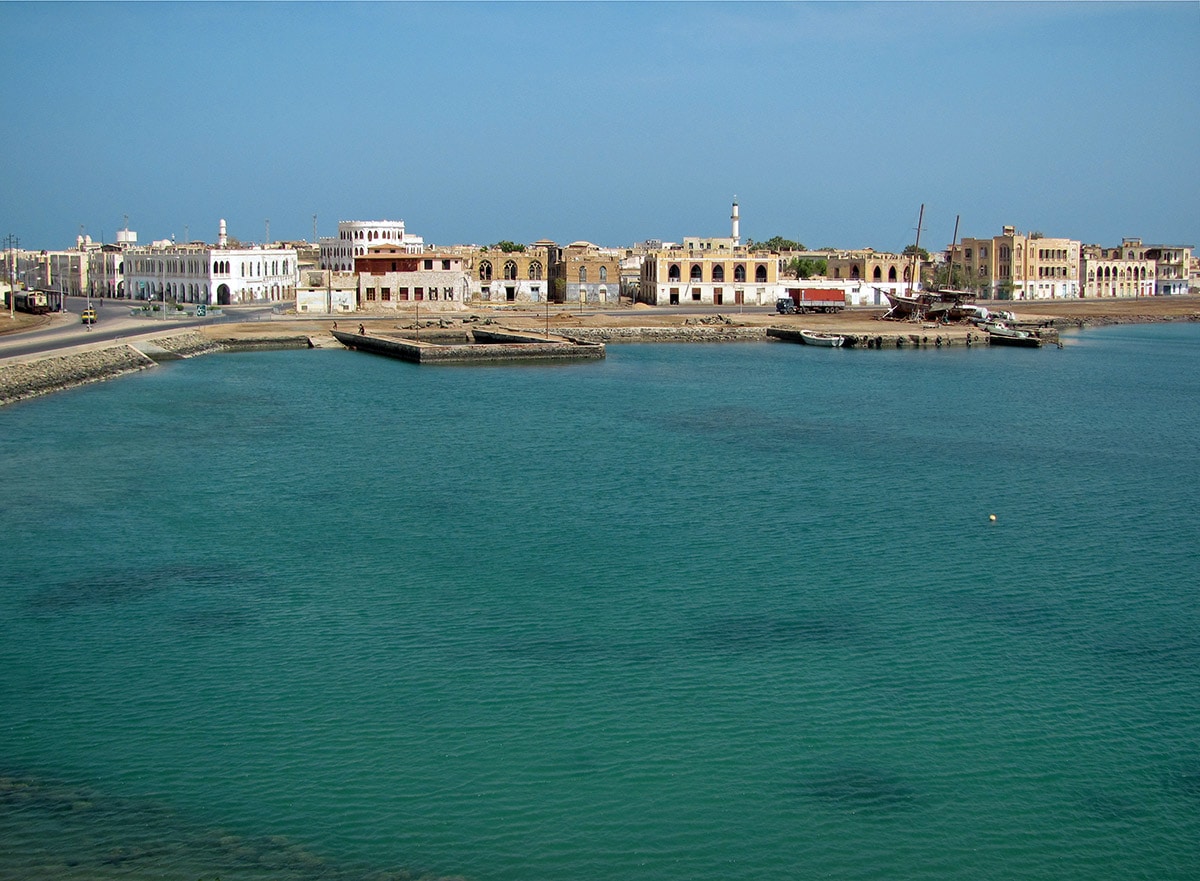
Debre Libanos Monastery (Eritrea)
Debub
Site of the oldest monastery in Eritrea. Originally built in the 6th century AD, none of its original buildings are preserved. Near the monastery is located a cave with a holy spring where the saint lived. Mummies of saints have been found here.
Asmara Modernist City
Maekel
The center of this city was built in Art Deco and Functionalist style in the late 1930s by Italians and now represents one of the most complete urban landmarks in these architectural styles. Planning of the city represents a version of an ideal city, with many technological innovations of the period.
Debre Mariam
Debub
A prominent monastery, founded in the 1340s. Monastery has a rich collection of valuable Ge’ez manuscripts.
Shrine of Sahaba
Northern Red Sea
Small shrine in Massawa Old City, reportedly built by the followers of the prophet, who landed here in 615 AD.
Debre Bizen
Northern Red Sea
This Christian monastery was founded in the 1350s. The library contains a collection of important Ge’ez manuscripts.
Asmara St. Joseph’s Cathedral
Maekel
Large, ornate cathedral in Neo-Romanesque style, built in 1922.
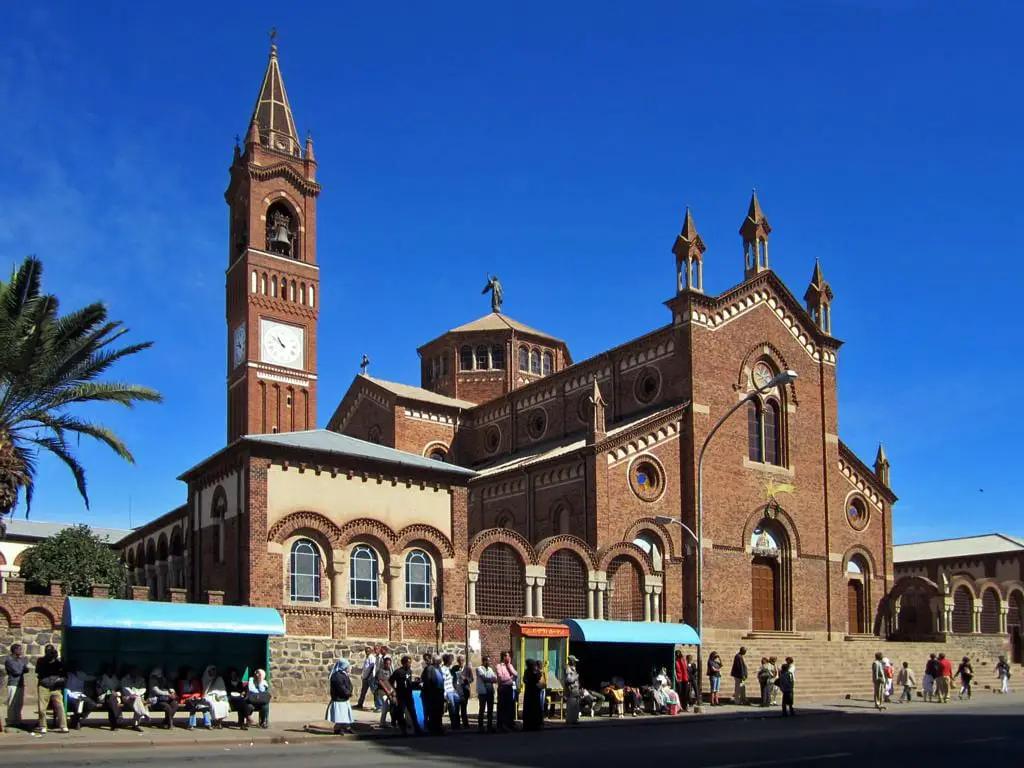
Massawa Imperial Palace
Northern Red Sea
Ornate palace at the waterfront, built in 1872 – 1874.
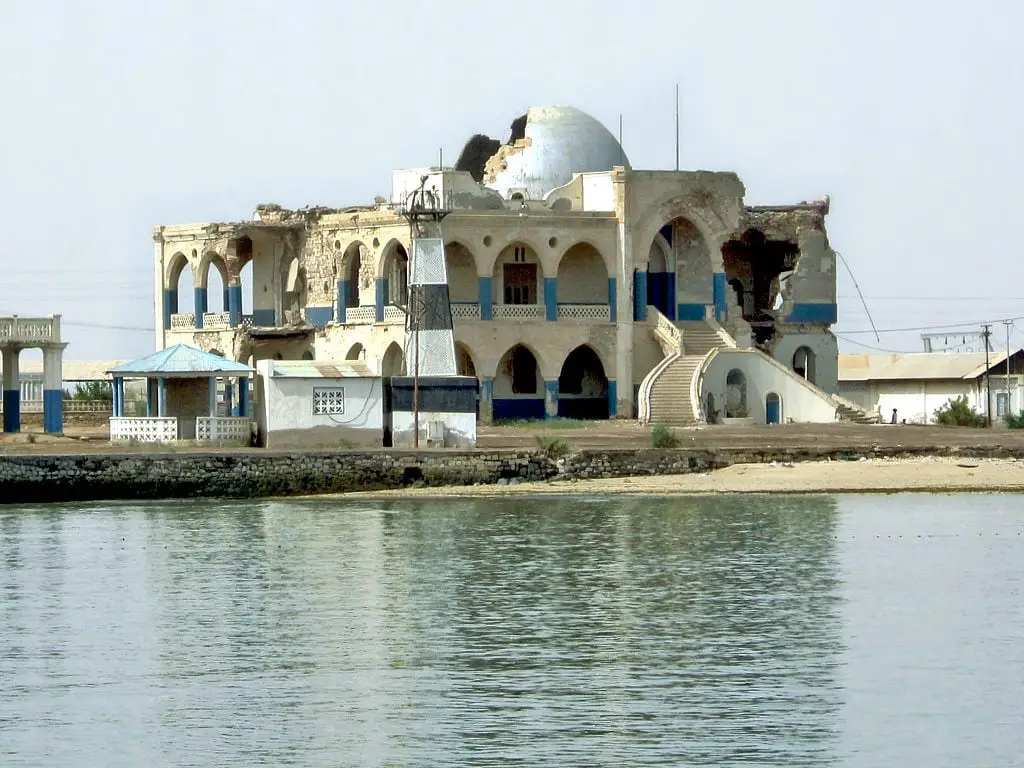
Asmara President’s Office
Maekel
A large building in Neo-Classical style, built in 1897 for the Italian colonial government.
Cinema Impero
Maekel
A beautiful building in the Art Deco style, constructed in 1937.
Dahlak Kebir necropolis
Northern Red Sea
Islamic necropolis from the 10th – 15th century with some 800 coral gravestones with ancient Arabic inscriptions.
Fiat Tagliero Building
Maekel
An iconic car service station, built in 1938. The building resembles an airplane with 15 m long concrete wings not supported by pillars.
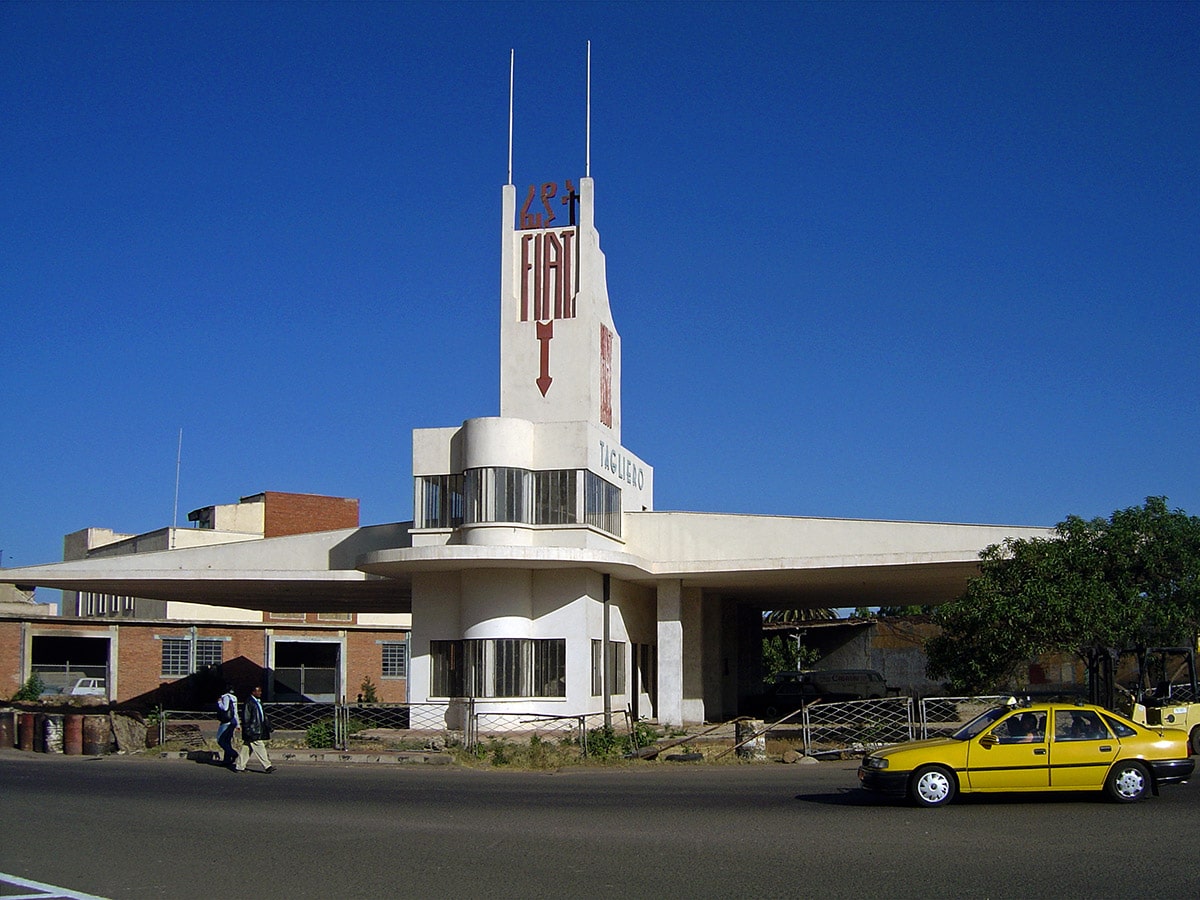
 Recommended books
Recommended books
Surrender or Starve: Travels in Ethiopia, Sudan, Somalia, and Eritrea
Robert D. Kaplan is one of our leading international journalists, someone who can explain the most complicated and volatile regions and show why they’re relevant to our world. In Surrender or Starve, Kaplan illuminates the fault lines in the Horn of Africa, which is emerging as a crucial region for America’s ongoing war on terrorism.
Eritrea, 4th (Bradt Travel Guide)
A new edition of the essential guide for independent travelers to this unusual and remarkable African country, which is emerging from its war-torn past to welcome tourists. In addition to the charms of the capital Asmara, with its broad avenues, markets, and Roman Catholic cathedral, the interior – rich in historical remains – is well worth visiting.

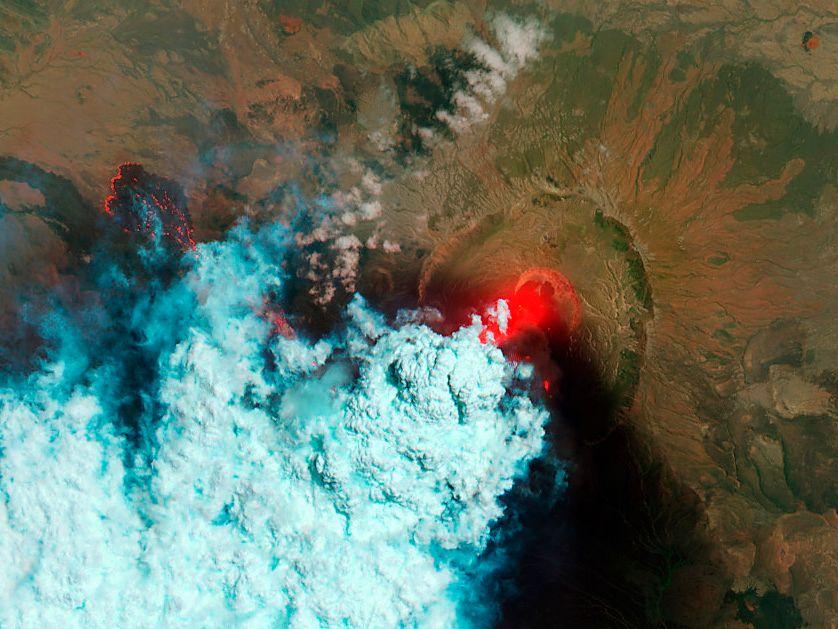


Is it possible to get a high definition digital copy of the picture, “The Mountains near Asmara”?
This is from Wikimedia Commons. Here – full-sized version: